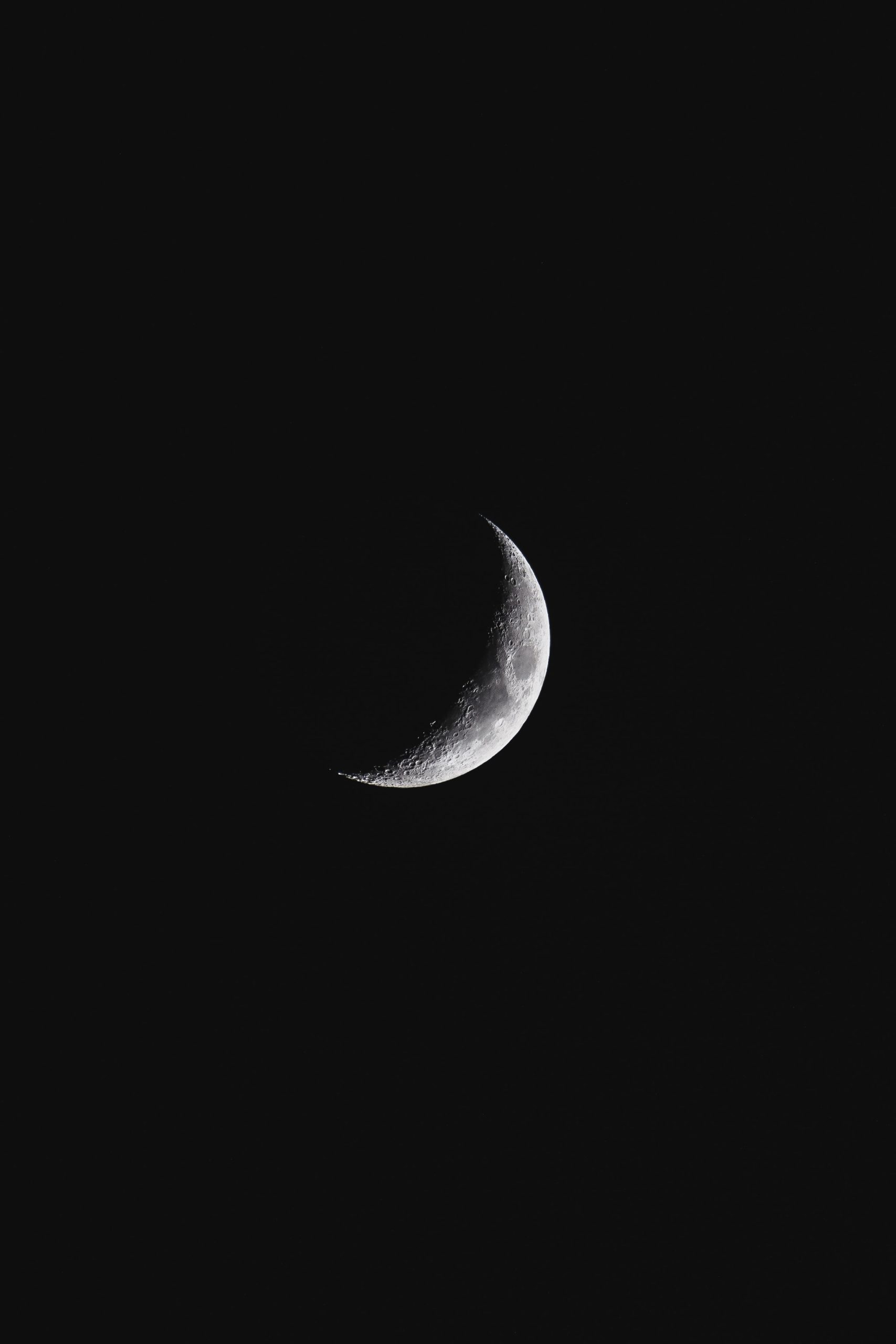Why is there a Big Circle Around the Moon?
Have you ever looked up at the night sky, gazing at the beautiful glowing moon, only to notice a big circle around it? This mysterious phenomenon often catches our attention and sparks our curiosity. In this blog post, we will explore the various reasons behind the appearance of this big circle around the moon, commonly known as a lunar halo.
Understanding Lunar Halos
A lunar halo is a ring of light that encircles the moon, creating a stunning and captivating sight. This optical phenomenon occurs due to the interaction of moonlight with ice crystals suspended in the Earth’s atmosphere. The ice crystals act as small prisms, refracting and reflecting the moonlight, thus forming a ring of light around the moon.
The size and appearance of lunar halos can vary, but they typically have a radius of about 22 degrees around the moon, creating a circle with an apparent diameter of approximately two fist widths held at arm’s length. The halo can appear white or slightly colored, depending on the atmospheric conditions and the composition of the ice crystals present.
The Role of Ice Crystals
Ice crystals are key players in the formation of lunar halos, but how do they come into play? In the upper atmosphere, at altitudes above 20,000 feet, a layer of cirrus clouds composed of ice crystals may form. These clouds may be thin and wispy or denser and more structured, depending on the prevailing atmospheric conditions.
When the moon’s light passes through these ice crystals, it undergoes various optical phenomena, resulting in the formation of a lunar halo. The primary process involved is called refraction, where the direction of light changes as it passes from one medium (air) into another medium (ice crystal) of different densities. The bending of light caused by refraction is responsible for the characteristic ring of light around the moon.
The Formation Process
Now that we have a basic understanding of the role ice crystals play in lunar halo formation, let’s dive deeper into the process.
1. Orientation of Ice Crystals: The shape and orientation of the ice crystals are crucial for creating a lunar halo. Most commonly, the crystals have a hexagonal plate-like structure. As they fall through the atmosphere, they tend to align themselves horizontally with their flat faces parallel to the ground.
2. Refraction and Reflection: When moonlight enters an ice crystal through one of its faces, it undergoes refraction and is bent by an angle determined by the physical properties of the ice crystal. The refracted light then exits the crystal through another face.
3. Angle of Deviation: The angle at which the light is bent depends on the wavelength or color of light. Each color has a different wavelength, and hence the angle of deviation differs. This dispersion of colors results in a slight color variation in the halo.
4. Multiple Reflections: After refraction, the light may be internally reflected by the inside faces of the crystal. This reflection can occur multiple times before the light finally leaves the crystal. These internal reflections contribute to the formation of the ring-shaped halo.
5. Light Interference: As the light waves exit the ice crystal, they may interfere with one another, causing constructive or destructive interference. This interference can enhance or diminish the brightness of certain parts of the halo, creating a beautiful and intricate pattern.
Factors Affecting Lunar Halos
While ice crystals are necessary for the formation of lunar halos, several atmospheric conditions and factors can influence the appearance of the halo. Here are a few notable ones:
| Atmospheric Moisture | Crystal Size | Crystal Shape |
|---|---|---|
| Dry air enhances halo visibility | Larger crystals create more distinct halos | Plate-like crystals are most common |
| Humid air may obscure or diminish the halo | Smaller crystals result in a less prominent halo | Column or needle-shaped crystals are less common but can lead to complex halos |
| Precipitation in the form of rain or snow can indicate a change in atmospheric conditions |
- Light Pollution: Bright city lights can hinder halo visibility, making it harder to spot.
- Altitude: Lunar halos are more commonly observed when the moon is high in the sky.
- Geographic Location: Certain regions with specific weather patterns and high altitude are more conducive to lunar halo sightings.
Mythology and Cultural Significance
Lunar halos have fascinated humans throughout history, inspiring various myths and cultural interpretations. Different cultures have associated these halos with different meanings and predictions. In some traditions, lunar halos are believed to herald the arrival of rain or poor weather, while others consider them as auspicious omens or signs of impending celestial events.
Interestingly, lunar halos can also be found in art, literature, and folklore. They often symbolize beauty, magic, and the mystical aspects of the universe.
Conclusion
The big circle around the moon, commonly known as a lunar halo, is a mesmerizing optical phenomenon caused by the interaction of moonlight with ice crystals in the Earth’s atmosphere. The process involves refraction, reflection, and interference of light in the ice crystals, resulting in the formation of a ring-shaped halo. Various atmospheric conditions, including moisture, crystal size, and crystal shape, can affect the visibility and appearance of the halo. Lunar halos have intrigued humans for centuries, carrying cultural and symbolic significance across different civilizations.
So, the next time you spot a lunar halo, take a moment to appreciate the beauty of this natural phenomenon and the scientific wonders of our atmosphere.
Table of Contents
